If you're new to academic writing, the thought of mastering APA citation format can feel overwhelming. You might be wondering: "How do I cite a book? What about a website? And what's the difference between an in-text citation and a reference list?" Don't worry—you're not alone in feeling confused. APA citation format is one of the most commonly used styles in college, and once you understand the basics, it becomes second nature.
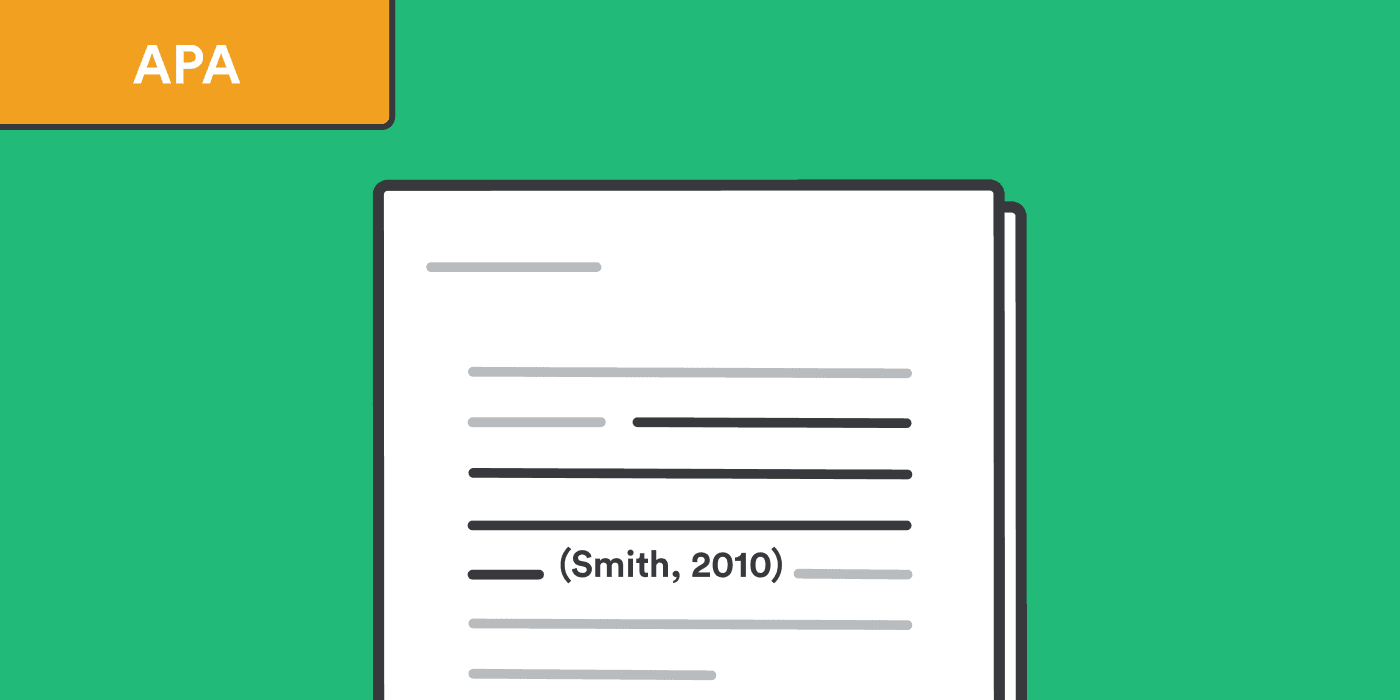
APA (American Psychological Association) style is the gold standard for psychology, education, social work, and other social science fields. It's designed to be clear, consistent, and easy to follow—once you know the rules. The good news is that APA follows a logical system that makes sense once you understand the underlying principles.
In this comprehensive guide, we'll walk you through everything you need to know about APA citation format, from the most basic concepts to advanced techniques. We'll start with the fundamentals and build up your knowledge step by step, so you can confidently cite any source in your academic papers.
What is APA Citation Format?
Before we dive into the specifics, let's understand what APA citation format actually is and why it matters for your academic success.
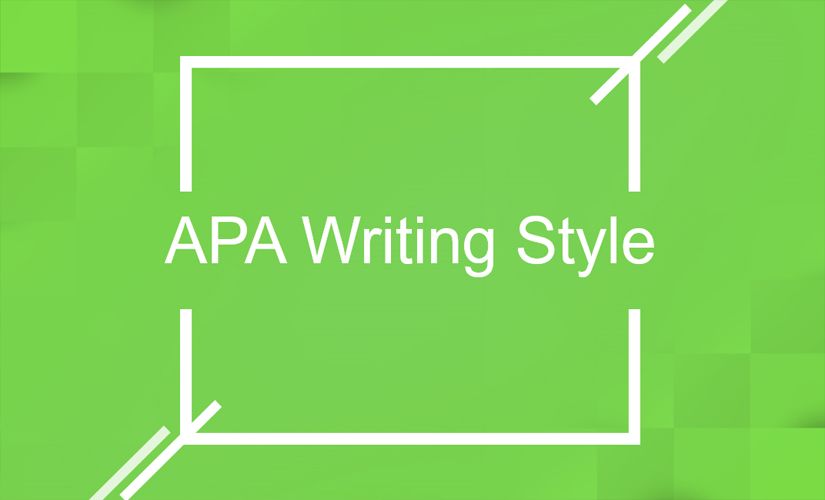
APA citation format is a standardized way of documenting sources in academic writing. It was developed by the American Psychological Association to ensure consistency and clarity in scholarly communication. Think of it as a universal language that allows researchers, students, and professors to understand exactly where information comes from and how to find the original source.
Why APA Matters:
- Credibility: Proper citations show that your work is based on reliable sources
- Academic Integrity: Citations give credit to original authors and help you avoid plagiarism
- Professional Standards: Using APA correctly demonstrates your understanding of scholarly conventions
- Reader Convenience: Well-formatted citations help readers locate and verify your sources
The Two Main Components:
- In-text citations: Brief references within your paper that point to your reference list
- Reference list: A detailed list of all sources cited in your paper, placed at the end
Understanding the Basic Structure of APA Citations
APA citations follow a consistent structure that makes them easy to read and understand. Let's break down the basic components you'll encounter.
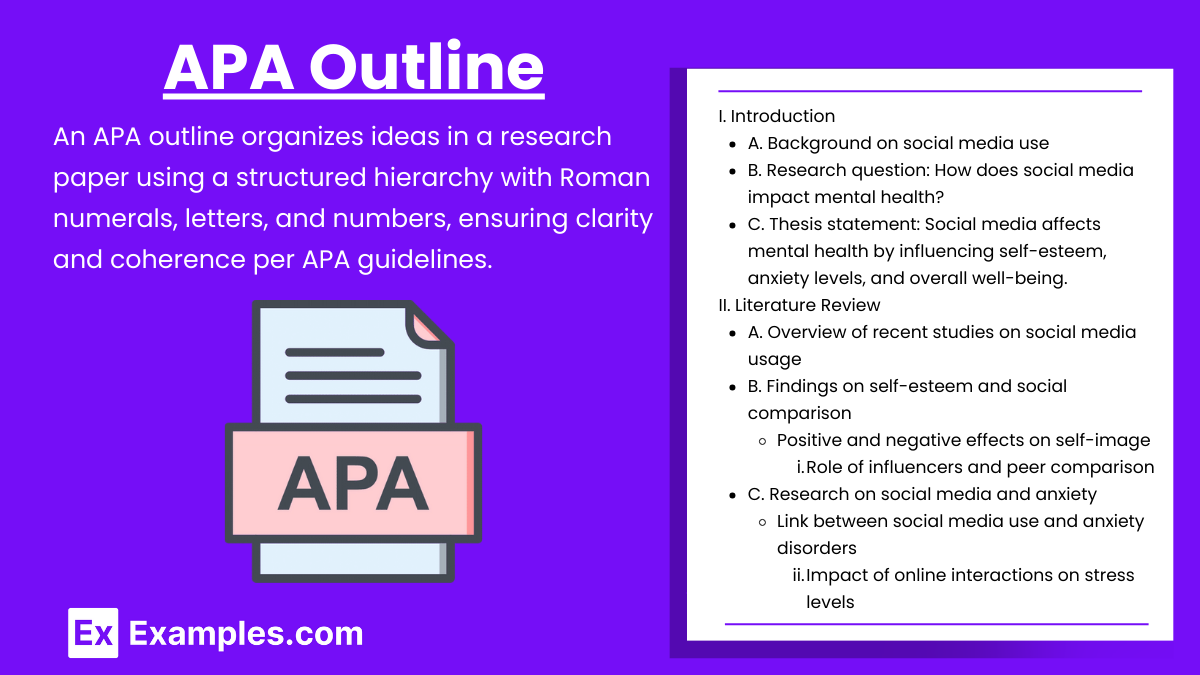
The Author-Date System
APA uses what's called an "author-date" system, which means every citation includes:
- Author's name: Who wrote or created the source
- Publication year: When the source was published or created
This system makes it easy for readers to quickly identify when research was conducted and who was responsible for the work.
In-Text Citations: The Basics
In-text citations appear within your paper's text and provide brief information about your sources. They come in two main formats:
Parenthetical citations: Information appears in parentheses at the end of a sentence
- Example: Recent research shows that sleep affects academic performance (Johnson, 2023).
Narrative citations: The author's name appears as part of your sentence
- Example: Johnson (2023) found that sleep significantly impacts academic performance.
Reference List: The Details
The reference list appears at the end of your paper and provides complete information about each source. This allows readers to locate and verify your sources independently.
Step-by-Step Guide to In-Text Citations
Now let's dive into the specifics of creating proper in-text citations. This is where most students start, and it's the foundation of good APA formatting.
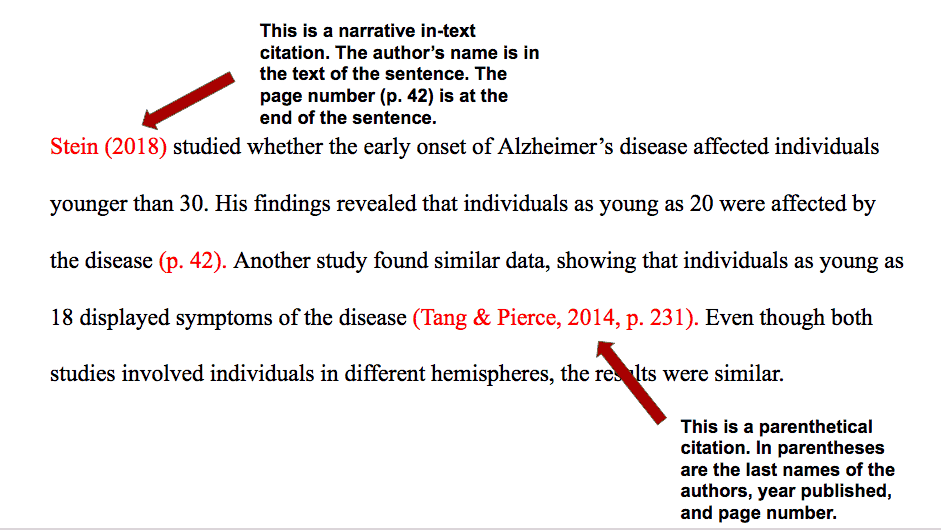
Basic In-Text Citation Format
The basic format for in-text citations is: (Author's Last Name, Year)
Examples:
- (Smith, 2023)
- (Johnson & Martinez, 2023)
- (Brown et al., 2023)
Citing Single Authors
When citing a work by one author, include the author's last name and the publication year.
Parenthetical citation: (Smith, 2023) Narrative citation: Smith (2023) argues that...
Important rules:
- Always use the author's last name only
- Include the year in parentheses
- Use a comma to separate the name and year
- Place the period after the closing parenthesis
Citing Multiple Authors
When a source has multiple authors, the format changes depending on how many authors there are.
Two Authors:
- Parenthetical: (Smith & Johnson, 2023)
- Narrative: Smith and Johnson (2023) found that...
Three to Five Authors:
- First citation: (Smith, Johnson, & Brown, 2023)
- Subsequent citations: (Smith et al., 2023)
Six or More Authors:
- Always use: (Smith et al., 2023)
Key points:
- Use "&" in parenthetical citations
- Use "and" in narrative citations
- Use "et al." (meaning "and others") for three or more authors after the first citation
Citing Organizations as Authors
Sometimes, organizations rather than individuals are the authors of sources.
Format: (Organization Name, Year) Example: (American Psychological Association, 2023)
Tips:
- Use the full organization name the first time you cite it
- You can abbreviate it in subsequent citations if you provide the abbreviation in brackets
- Example: (American Psychological Association [APA], 2023) then (APA, 2023)
Citing Sources Without Authors
When a source doesn't have an identifiable author, use the title instead.
Format: ("Title of Article", Year) Example: ("Sleep and Academic Performance", 2023)
Important notes:
- Use quotation marks around the title
- Capitalize major words in the title
- Use the first few words of the title if it's very long
Citing Multiple Sources
Sometimes you need to cite multiple sources that support the same point.
Format: (Author1, Year; Author2, Year; Author3, Year) Example: (Smith, 2023; Johnson, 2022; Brown, 2021)
Tips:
- List sources alphabetically by author's last name
- Separate each citation with a semicolon
- Use this format sparingly—it can make your text hard to read
Including Page Numbers
When you quote directly from a source, include the page number.
Format: (Author, Year, p. Page Number) Example: (Smith, 2023, p. 45)
For multiple pages: (Smith, 2023, pp. 45-47)
Important rules:
- Use "p." for single pages
- Use "pp." for multiple pages
- Only include page numbers for direct quotes, not paraphrases
Creating Your Reference List
The reference list is where you provide complete information about all the sources you've cited in your paper. This is crucial for helping readers locate your sources.
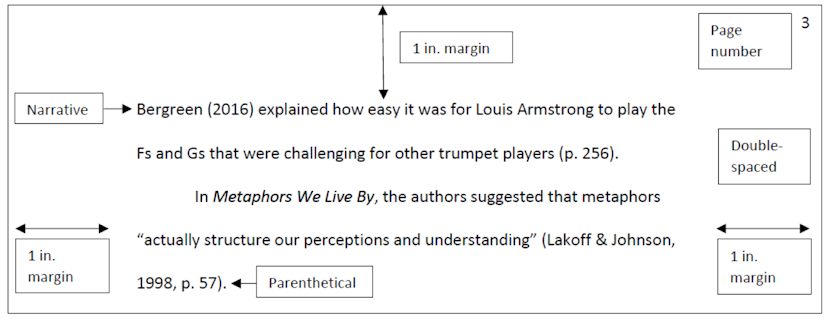
Basic Reference List Format
Your reference list should:
- Appear on a separate page at the end of your paper
- Be titled "References" (centered, not bold)
- Be double-spaced throughout
- Use hanging indent (first line flush left, subsequent lines indented)
- Be alphabetized by author's last name
General Format for References
Most references follow this basic structure: Author, A. A. (Year). Title of work. Publisher.
Key formatting rules:
- Author names: Last name, First initial. Middle initial.
- Year: In parentheses, followed by a period
- Title: Sentence case (only first word and proper nouns capitalized)
- Publisher: Include city and state for books
Citing Common Source Types
Now let's look at how to cite the most common types of sources you'll encounter in your academic work.
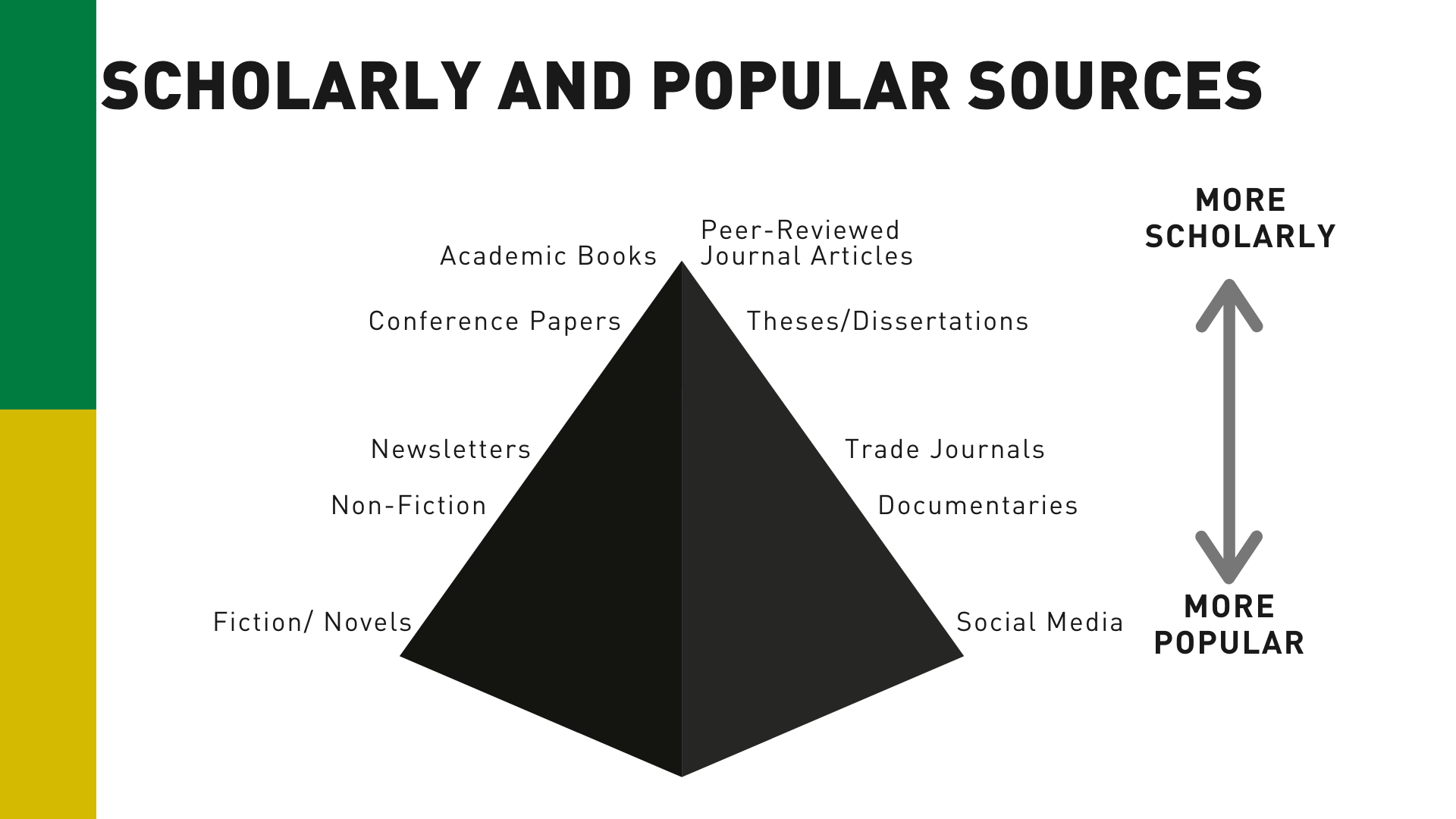
Books
Basic book format: Author, A. A. (Year). Title of book. Publisher.
Example: Smith, J. A. (2023). The Psychology of Learning. Academic Press.
Book with multiple authors: Smith, J. A., & Johnson, M. B. (2023). Educational Psychology: Theory and Practice. Pearson.
Edited book: Smith, J. A. (Ed.). (2023). Contemporary Issues in Education. Oxford University Press.
Chapter in an edited book: Smith, J. A. (2023). Learning theories in practice. In M. B. Johnson (Ed.), Educational Psychology (pp. 45-67). Pearson.
Journal Articles
Basic journal article format: Author, A. A. (Year). Title of article. Journal Name, Volume(Issue), pages. https://doi.org/xxxxx
Example: Johnson, M. B. (2023). The impact of technology on student learning. Educational Psychology Review, 35(2), 123-145. https://doi.org/10.1037/edu0001234
Key elements:
- Journal name in italics
- Volume number in italics
- Issue number in parentheses (not italicized)
- Page numbers
- DOI (Digital Object Identifier) if available
Websites and Web Pages
Basic website format: Author, A. A. (Year, Month Day). Title of webpage. Website Name. URL
Example: Smith, J. A. (2023, March 15). Understanding learning styles. Educational Resources Online. https://www.educationresources.com/learning-styles
Important notes:
- Include the full URL
- Use "Retrieved from" only if the content might change
- Include access date only for sources that might change
Newspaper Articles
Basic newspaper format: Author, A. A. (Year, Month Day). Title of article. Newspaper Name, p. Page.
Example: Johnson, M. B. (2023, April 10). New study reveals benefits of early education. The New York Times, p. A3.
Online newspaper: Johnson, M. B. (2023, April 10). New study reveals benefits of early education. The New York Times. https://www.nytimes.com/2023/04/10/education/early-education-study.html
Government Reports
Basic government report format: Agency Name. (Year). Title of report (Report No. XXX). Publisher.
Example: U.S. Department of Education. (2023). The Condition of Education 2023 (NCES 2023-144). National Center for Education Statistics.
Websites Without Authors
Format: Title of webpage. (Year, Month Day). Website Name. URL
Example: Sleep and academic performance. (2023, March 20). National Sleep Foundation. https://www.sleepfoundation.org/sleep-and-academic-performance
Advanced APA Formatting Rules
Once you've mastered the basics, there are some advanced rules that will help you handle more complex citation situations.

Secondary Sources (Citing a Source You Found in Another Source)
Sometimes you want to cite a source that you found mentioned in another work, but you haven't read the original.
Format: (Original Author, Year, as cited in Secondary Author, Year) Example: (Smith, 2020, as cited in Johnson, 2023)
Reference list: Only include the source you actually read (Johnson, 2023)
Important: Try to find and read the original source whenever possible.
Personal Communications
Personal communications include emails, interviews, phone calls, and other non-recoverable sources.
Format: (A. A. Author, personal communication, Month Day, Year) Example: (J. A. Smith, personal communication, March 15, 2023)
Reference list: Do not include personal communications in your reference list.
Multiple Works by the Same Author
When you have multiple works by the same author, list them chronologically.
Same year: (Smith, 2023a), (Smith, 2023b) Different years: (Smith, 2021), (Smith, 2023)
Reference list: List chronologically, with same-year works alphabetized by title.
Citing Specific Parts of Sources
Page numbers: (Smith, 2023, p. 45) Chapters: (Smith, 2023, Chapter 3) Sections: (Smith, 2023, para. 4) Time stamps (for videos): (Smith, 2023, 2:15)
Common APA Formatting Mistakes to Avoid
Even experienced writers make mistakes with APA formatting. Here are the most common errors and how to avoid them.

Mistake 1: Incorrect Author Formatting
Wrong: Smith, John A. Right: Smith, J. A.
Remember: Use initials, not full first names.
Mistake 2: Wrong Title Capitalization
Wrong: The Psychology Of Learning Right: The psychology of learning
Remember: Use sentence case for titles (only first word and proper nouns capitalized).
Mistake 3: Missing or Incorrect DOI
Wrong: https://doi.org/10.1037/edu0001234 Right: https://doi.org/10.1037/edu0001234
Remember: Always include the full DOI URL, not just the number.
Mistake 4: Inconsistent Formatting
Wrong: Mixing different formats for similar sources Right: Using the same format consistently throughout
Remember: Pick a format and stick with it for all similar sources.
Mistake 5: Incorrect Reference List Formatting
Wrong: Not using hanging indent Right: Using hanging indent for all entries
Remember: First line flush left, subsequent lines indented.
Tools and Resources for APA Formatting
You don't have to master APA formatting all on your own. There are plenty of tools and resources available to help you.
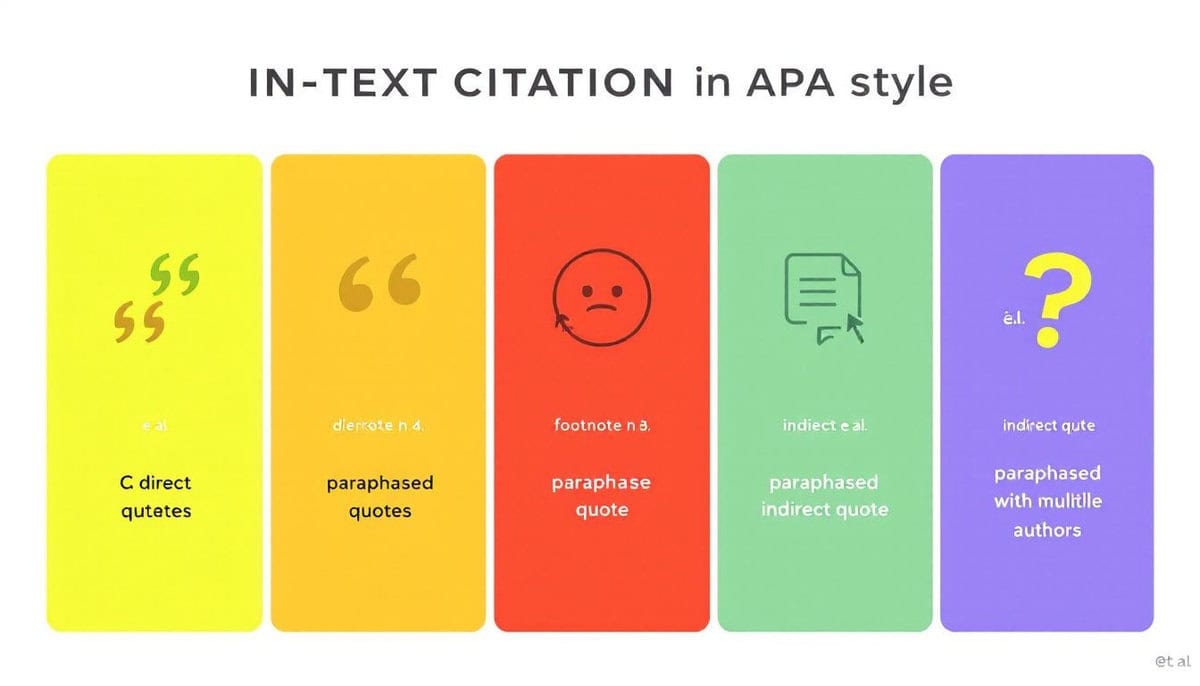
Citation Generators
Sourcely: Our AI-powered platform can help you find credible sources and automatically generate properly formatted APA citations. Simply input your source information, and Sourcely will format it correctly for you.
Zotero: A free reference management tool that can automatically generate APA citations and bibliographies. It also helps you organize your research and collaborate with others.
Mendeley: Another free tool that combines reference management with social networking for researchers. It can generate citations and help you discover new sources.
Style Guides
APA Publication Manual: The official guide to APA style, now in its 7th edition. This is the most authoritative source for APA formatting rules.
Purdue OWL: A free online writing lab that provides comprehensive guides to APA style with examples and practice exercises.
APA Style Blog: The official blog of the APA, which answers common questions and provides updates on style changes.
Word Processing Tools
Microsoft Word: Has built-in citation tools that can help you format references correctly.
Google Docs: Offers add-ons for citation management and formatting.
LaTeX: A typesetting system popular in academic writing that can automatically format citations.
Step-by-Step Checklist for APA Formatting
Here's a practical checklist you can use to ensure your APA formatting is correct.
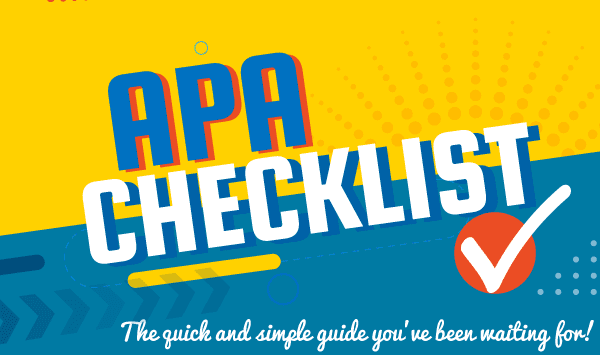
Before You Start Writing
- [ ] Identify which sources you'll be using
- [ ] Gather complete bibliographic information for each source
- [ ] Choose a citation management tool if desired
- [ ] Review your assignment requirements for any specific APA guidelines
While Writing
- [ ] Include in-text citations for all sources as you write
- [ ] Use the correct format for different types of citations
- [ ] Be consistent with your formatting choices
- [ ] Keep track of all sources you cite
After Writing
- [ ] Create your reference list
- [ ] Alphabetize entries by author's last name
- [ ] Use hanging indent for all entries
- [ ] Double-check all formatting against APA guidelines
- [ ] Verify that all in-text citations have corresponding reference list entries
- [ ] Proofread for consistency and accuracy
Final Review
- [ ] Check that all author names are formatted correctly
- [ ] Verify that all titles use sentence case
- [ ] Ensure all journal names are italicized
- [ ] Confirm that all DOIs are complete and correct
- [ ] Review the entire document for consistency
Practice Exercises
The best way to master APA formatting is through practice. Here are some exercises to help you improve your skills.

Exercise 1: In-Text Citations
Convert these sentences to include proper APA in-text citations:
- According to Smith, sleep is important for learning.
- A recent study found that students perform better when they get adequate sleep.
- The research was conducted by Johnson and Martinez in 2023.
Exercise 2: Reference List Entries
Format these sources as APA reference list entries:
- Book: "Educational Psychology" by John Smith, published by Pearson in 2023
- Journal article: "Sleep and Learning" by Mary Johnson, published in "Educational Psychology Review" volume 35, issue 2, pages 123-145, in 2023
- Website: "Study Tips" by Academic Success Center, published on March 15, 2023, at https://www.academicsuccess.edu/study-tips
Exercise 3: Mixed Source Types
Create a reference list with these sources:
- A book with two authors
- A journal article with a DOI
- A government report
- A website without an author
Troubleshooting Common Problems
Even with a good understanding of APA format, you'll encounter situations that don't fit the standard patterns. Here's how to handle some common problems.

Problem: Missing Information
What to do: If you're missing essential information (like publication date or author), try to find it. If you can't, use the available information and note what's missing.
Example: If you don't know the publication date, use (n.d.) for "no date."
Problem: Unusual Source Types
What to do: Look for similar examples in the APA manual or online guides. When in doubt, provide as much information as possible in a logical order.
Problem: Conflicting Information
What to do: When different sources give conflicting information about the same source, use the information from the most authoritative source (usually the original publisher).
Problem: Very Long URLs
What to do: Use the shortest stable URL that will lead readers to the source. Avoid URLs with session IDs or other temporary information.
Building Your APA Skills Over Time
Mastering APA formatting is a process that takes time and practice. Here's how to build your skills systematically.

Start Simple
Begin with the most common source types (books and journal articles) and gradually work your way up to more complex sources.
Practice Regularly
The more you practice APA formatting, the more natural it becomes. Try to format citations as you write, rather than leaving them for the end.
Use Reference Materials
Keep the APA manual or online guides handy while you're learning. There's no shame in looking things up!
Learn from Feedback
When professors or peers point out formatting errors, learn from them. Keep a list of common mistakes to avoid in the future.
Stay Updated
APA style guidelines can change, so it's important to stay current with the latest edition of the manual.
The Bottom Line: Why APA Formatting Matters
At the end of the day, APA formatting isn't just about following rules—it's about communicating effectively in the academic world. When you format your citations correctly, you're showing that you understand the scholarly conversation and can participate in it professionally.

Professional Benefits:
- Demonstrates attention to detail
- Shows respect for academic conventions
- Makes your work more credible
- Helps readers verify your sources
Academic Benefits:
- Avoids plagiarism accusations
- Meets assignment requirements
- Improves your grades
- Prepares you for advanced study
Personal Benefits:
- Builds confidence in your writing
- Develops valuable research skills
- Creates good habits for future work
- Saves time as you become more efficient
Conclusion: Your Journey to APA Mastery
Learning APA citation format is like learning any new skill—it takes time, practice, and patience. But with the right approach and resources, you can master it and use it confidently in all your academic work.
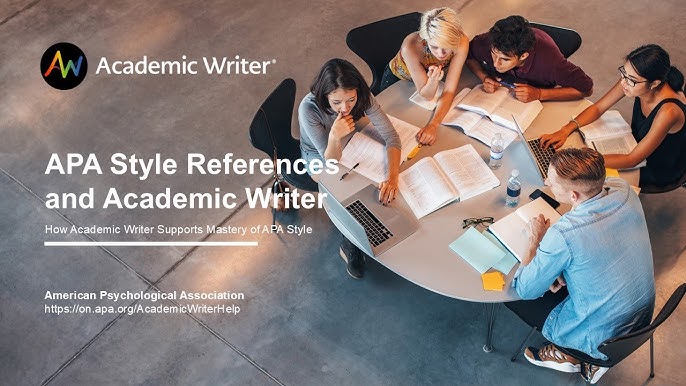
Remember, every expert was once a beginner. The key is to start with the basics, practice regularly, and not be afraid to make mistakes. Each error is an opportunity to learn and improve.
Your next steps:
- Start with simple source types
- Practice formatting citations as you write
- Use the tools and resources available to you
- Don't hesitate to ask for help when you need it
- Keep practicing until APA formatting becomes second nature
The skills you develop in mastering APA formatting will serve you well throughout your academic career and beyond. You're not just learning to follow rules—you're learning to communicate effectively in the scholarly world.
So take a deep breath, grab your sources, and start practicing. With time and effort, you'll be formatting APA citations like a pro, and your academic writing will be all the better for it.
Remember, every great researcher started exactly where you are now. The difference between a good paper and a great one often comes down to these small details that show you understand and respect the scholarly process. You've got this!
